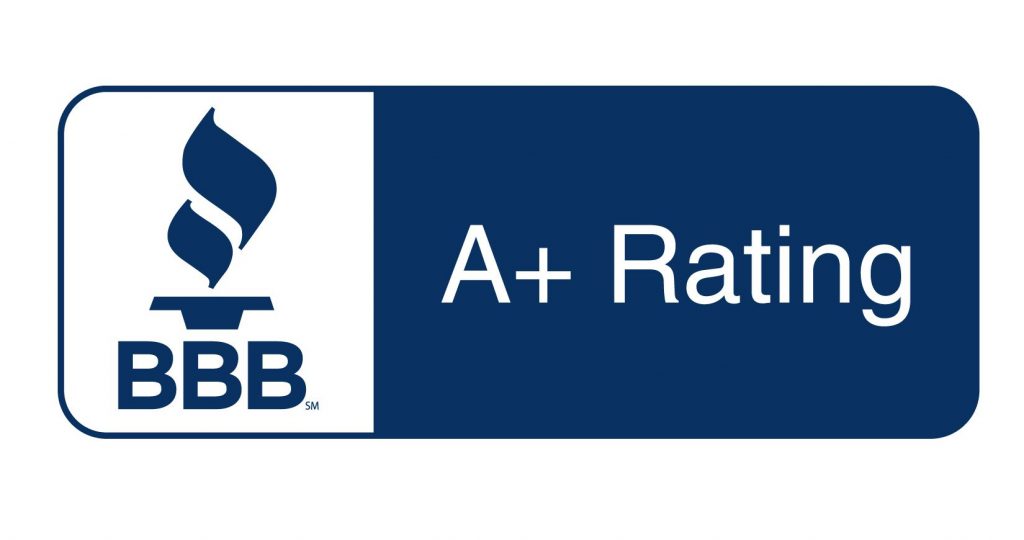Each year, the Medicare Annual Election Period (AEP) gives beneficiaries a chance to reevaluate their coverage. For some, that means leaving their Medicare Advantage (MA) plan and returning to Original Medicare, often with the goal of adding a Medigap plan for more comprehensive coverage.
If you’re thinking about making this switch, timing and strategy are everything. While AEP (October 15–December 7) lets you drop your Medicare Advantage plan, switching to Medigap isn’t automatic.
Why People Consider Switching from Medicare Advantage to Medigap
Medicare Advantage plans offer attractive perks like dental, vision, and low monthly premiums. However, many enrollees find themselves frustrated with certain aspects of MA plans as time goes on.
Common reasons people consider switching include:
- Unexpected out-of-pocket costs: Medicare Advantage plans come with copays, coinsurance, and out-of-pocket maximums. For people who frequently visit doctors or need procedures, those costs can add up quickly.
- Provider network restrictions: Most MA plans operate as HMOs or PPOs, which means you may need referrals or may be limited to a specific network of providers.
- Prior authorizations: Getting care approved through your MA plan can be time-consuming or even lead to denials.
- Desire for freedom of choice: Medigap plans, used with Original Medicare, allow you to see any provider who accepts Medicare, nationwide.
If any of these concerns resonate with you, it might be time to consider making a change.
When Can You Make the Switch?
The Annual Election Period (AEP) is the window during which you can make changes to your Medicare Advantage or Part D coverage. If you want to leave your Medicare Advantage plan and return to Original Medicare, this is the time to do it!
However, there’s a common misconception: AEP does not guarantee you a Medigap plan.
While AEP lets you disenroll from your MA plan, you’ll still need to apply for a Medigap policy. And unless you qualify for guaranteed issue rights, that application may be subject to medical underwriting.
This is why planning ahead is so important. You don’t want to drop your Medicare Advantage coverage without first knowing whether a Medigap plan will accept you.
Steps to Switch from Medicare Advantage to Medigap
Making the switch requires a few important steps and the right timing.
1. Apply for a Medigap Plan First
Before you make any changes to your Medicare Advantage coverage, submit an application for the Medigap plan you want. You can apply during the AEP, but many insurance companies allow applications up to 60 days before that.
2. Go Through the Medical Underwriting Process
Most people switching from Medicare Advantage to Medigap will need to go through underwriting. This usually involves answering questions about your current and past health. Insurers can deny your application or charge higher premiums based on your answers.
3. Once Approved, Disenroll from Your Medicare Advantage Plan
Once you have your Medigap approval in writing, you can take the next step. During AEP, this means enrolling in a standalone Part D drug plan. When you do that, it automatically disenrolls you from your MA plan, effective January 1.
Alternatively, you can call Medicare directly at 1-800-MEDICARE to drop your Advantage plan.
4. Enroll in a Part D Prescription Drug Plan
Medigap plans don’t include drug coverage, so you’ll need a standalone Part D plan. You can compare drug plan options on Medicare.gov or work with a licensed broker like Carolina Senior Benefits to find a plan that covers your prescriptions.
What to Know About Medical Underwriting
One of the biggest hurdles in switching from Medicare Advantage to Medigap is the medical underwriting requirement.
Unless you’re in a situation that gives you a guaranteed issue right (like moving out of your MA plan’s service area or your plan terminating), most Medigap insurers can:
- Ask health-related questions
- Review your prescription history
- Deny your application based on preexisting conditions
The only time you’re guaranteed to get a Medigap policy without medical underwriting is during your Medigap Open Enrollment Period, a six-month window that begins when you’re first enrolled in Medicare Part B and age 65 or older.
If you’re outside of that window, switching from Medicare Advantage to Medigap is possible, but not always easy. That’s why it’s essential to start early and work with an expert.

When You Shouldn’t Switch to Medigap
While Medigap offers greater flexibility, it’s not the best fit for everyone. Consider staying with Medicare Advantage if:
- You’re satisfied with your current plan’s benefits and costs
- You don’t qualify for Medigap due to underwriting
- You prefer low monthly premiums even if they come with higher copays
- You’re enrolled in a Special Needs Plan (SNP) that specifically fits your healthcare needs
Each person’s situation is different, and switching isn’t always the better option.
Talk to an Advisor About Switching to Medigap
The Annual Election Period is just around the corner, and that makes now the perfect time to evaluate your Medicare coverage. If you’re unhappy with your Medicare Advantage plan, switching to Medigap can give you more control and predictability—but you need to act early and wisely.
Carolina Senior Benefits is here to help you through the process, from reviewing Medigap plans to navigating underwriting and selecting a drug plan. Don’t wait until December – start the conversation now so you can make a confident and informed decision before the AEP deadline.





